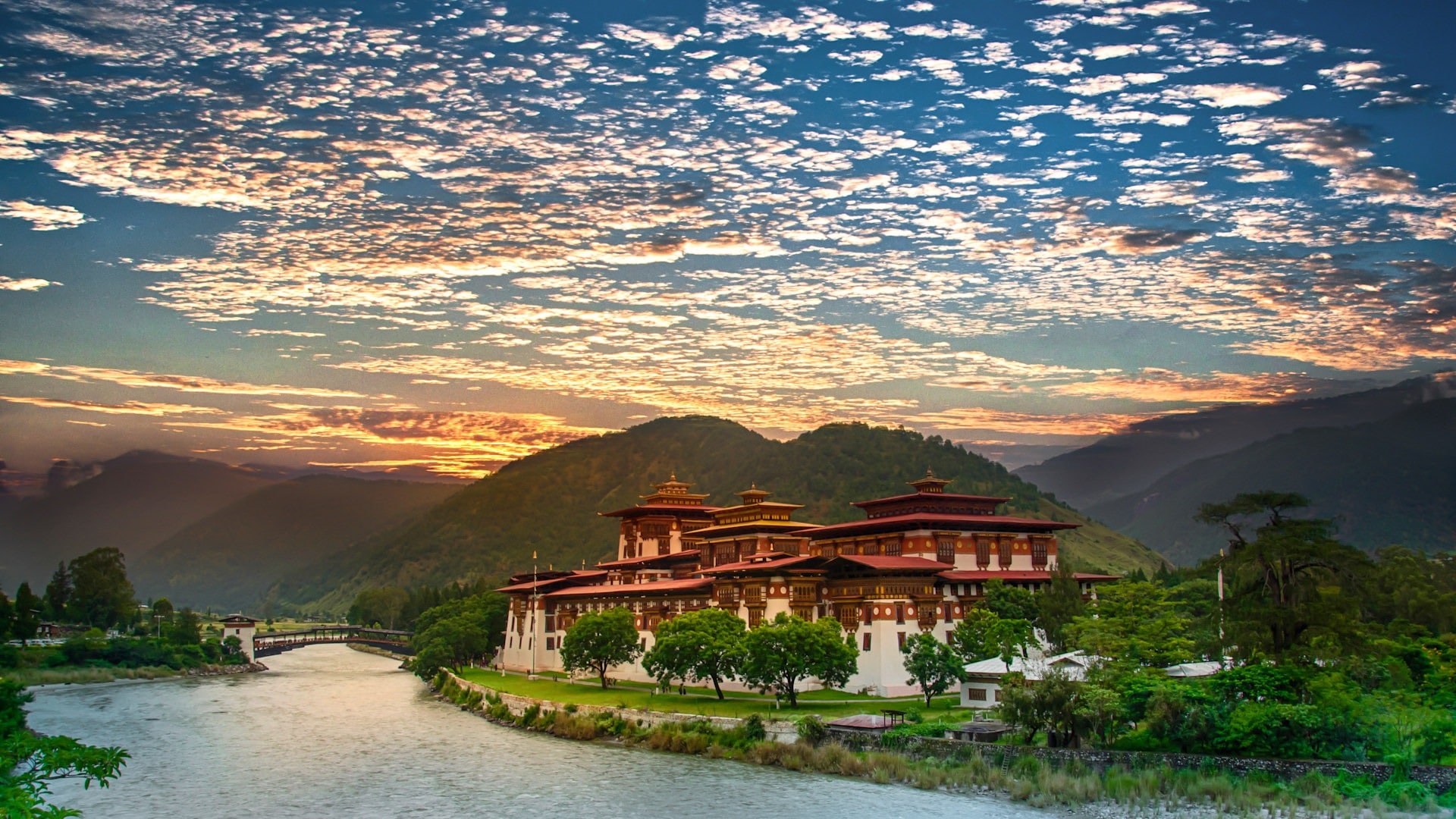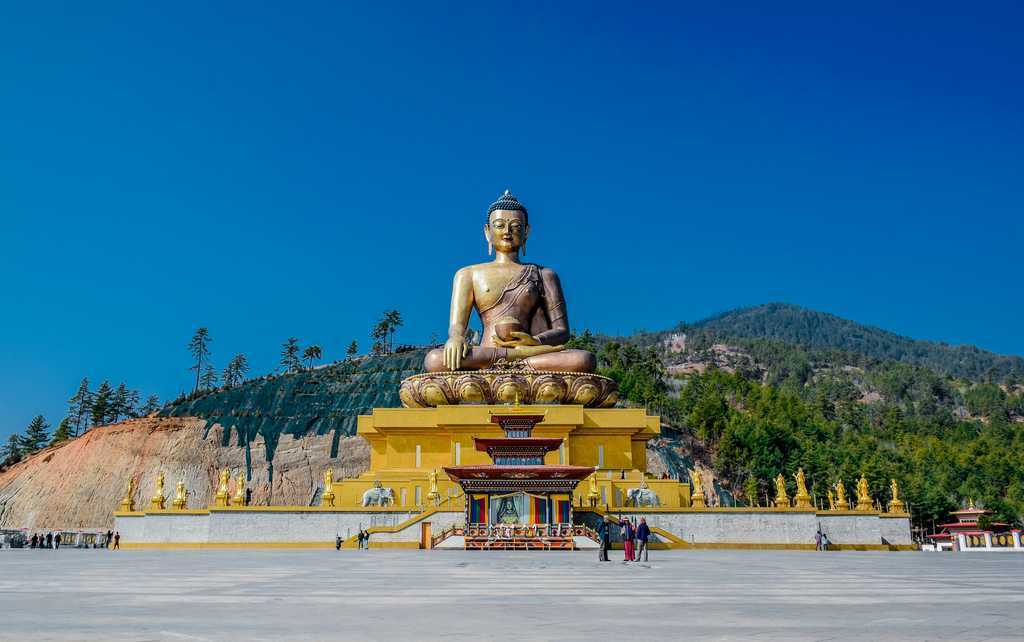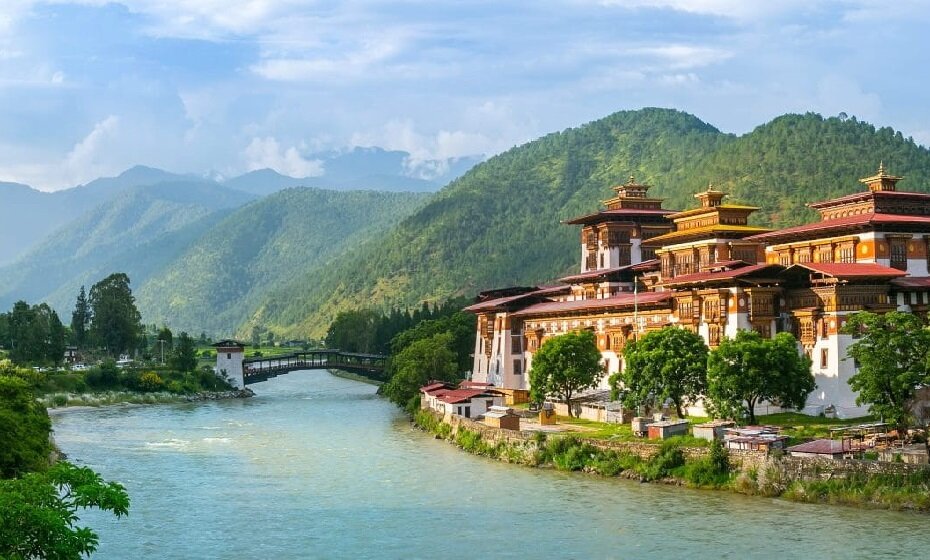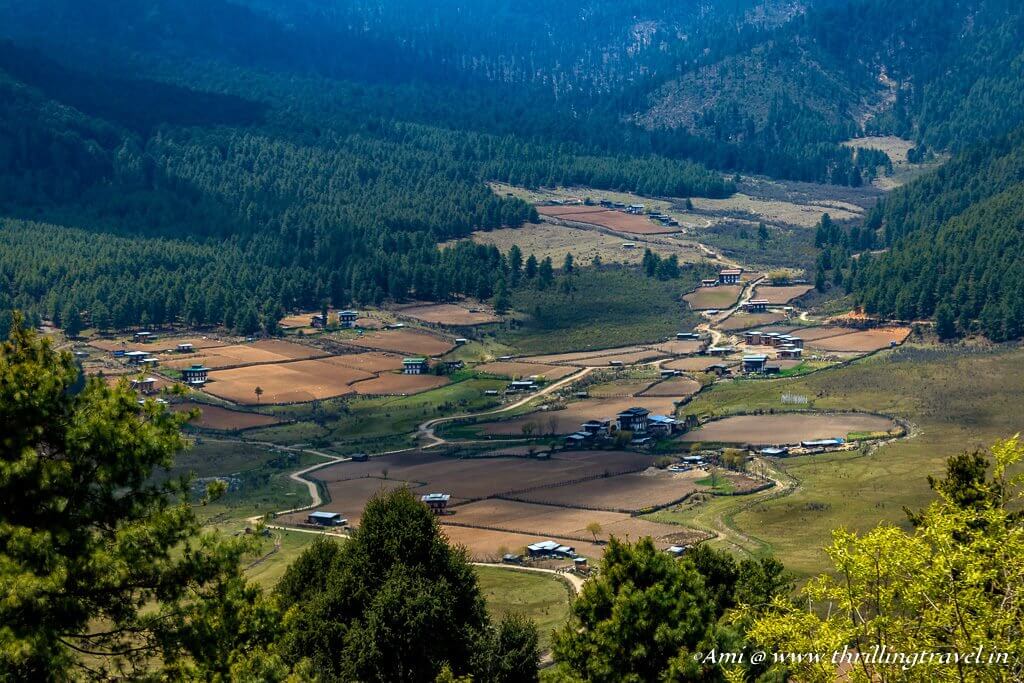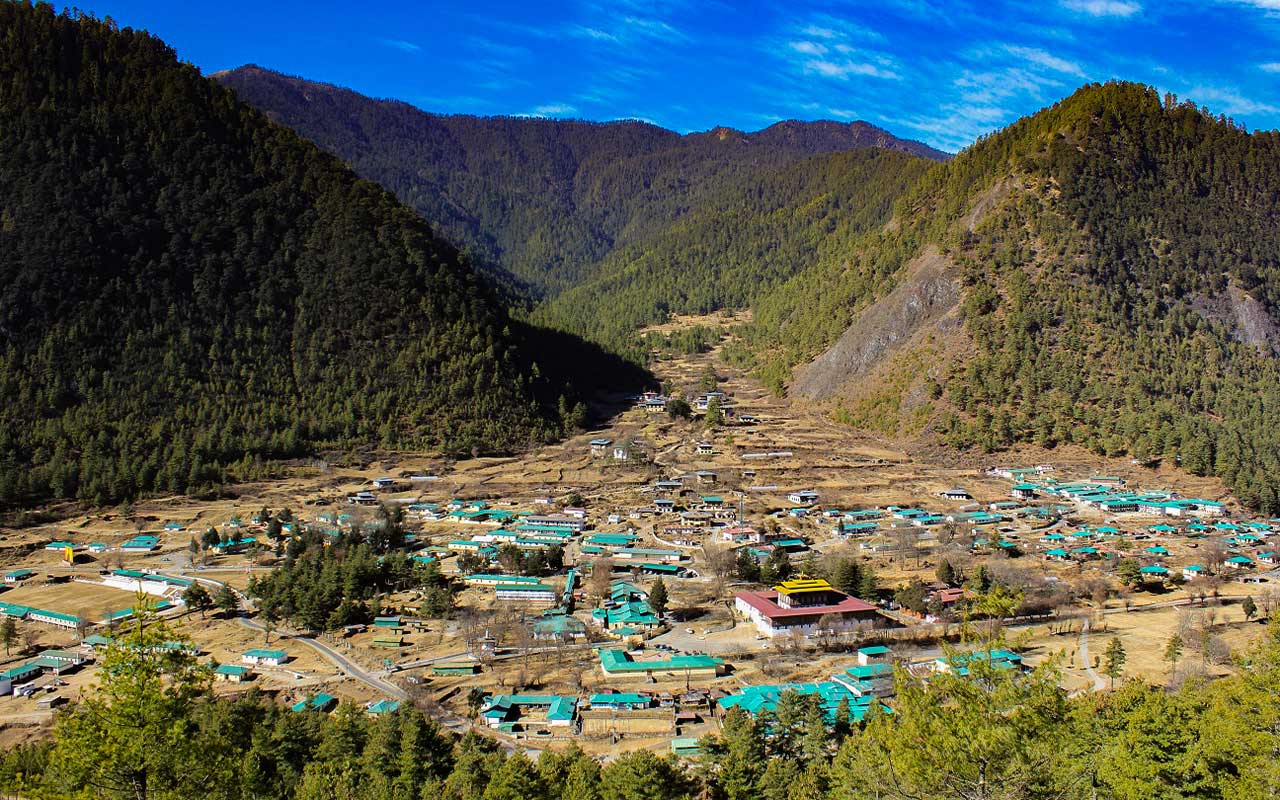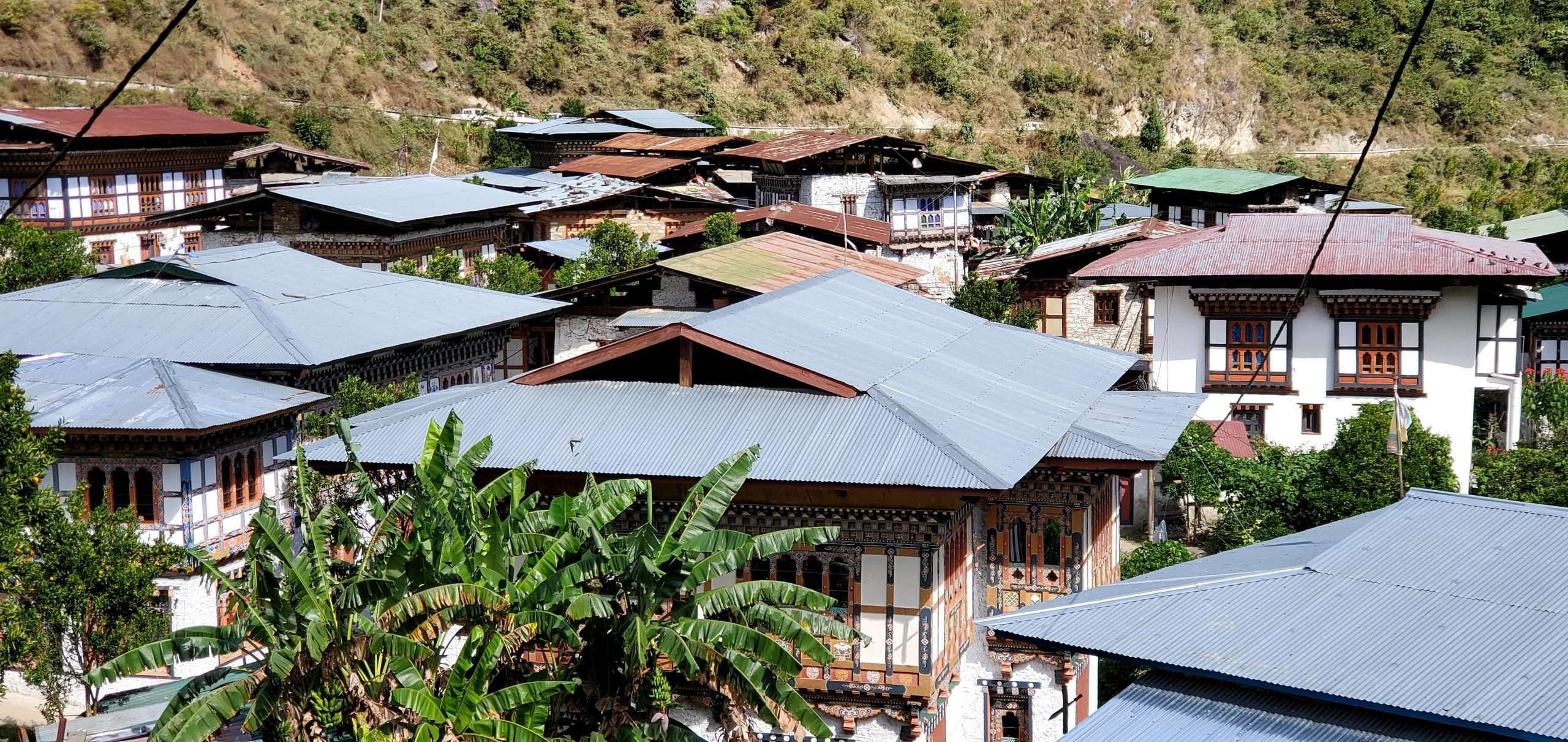Phobjikha Valley Sightseeing Places
Phobjikha Valley, located in the central part of Bhutan, is a stunning glacial valley that offers a unique blend of natural beauty, tranquility, and wildlife. Surrounded by mountains and lush forests, this picturesque valley is one of the most serene and peaceful destinations in Bhutan. It is particularly famous for being the winter home of the endangered black-necked cranes, which migrate from the Tibetan Plateau to the valley's wetlands.
The sight of these majestic birds, with their distinctive black and whit ...
e plumage, adds to the charm of the valley, and birdwatching enthusiasts often visit in the winter months to witness this spectacle. The Gangtey Monastery, a significant Buddhist monastery in the valley, is another major attraction. Perched on a hilltop overlooking the valley, this monastery is an important center of Nyingma school of Buddhism.
Visitors can explore the monastery’s rich history, architecture, and vibrant religious practices. The Phobjikha Nature Trail offers an excellent opportunity for visitors to explore the valley on foot. The trail winds through forests and wetlands, providing breathtaking views of the valley, along with opportunities to spot wildlife such as red pandas, barking deer, and various bird species. Another highlight of the valley is the Black-Necked Crane Center, where visitors can learn more about the conservation efforts to protect these rare birds and other wildlife in the region.
The center offers educational exhibits, guided tours, and a chance to witness the local efforts to preserve the valley’s ecosystem. Phobjikha Valley is also an excellent spot for hiking, nature walks, and photography, thanks to its beautiful landscapes and peaceful environment. The valley’s combination of cultural, historical, and natural attractions makes it an unforgettable destination for anyone visiting Bhutan.
Quick Navigation
1. Gangtey Monastery Gangtey Gonpa
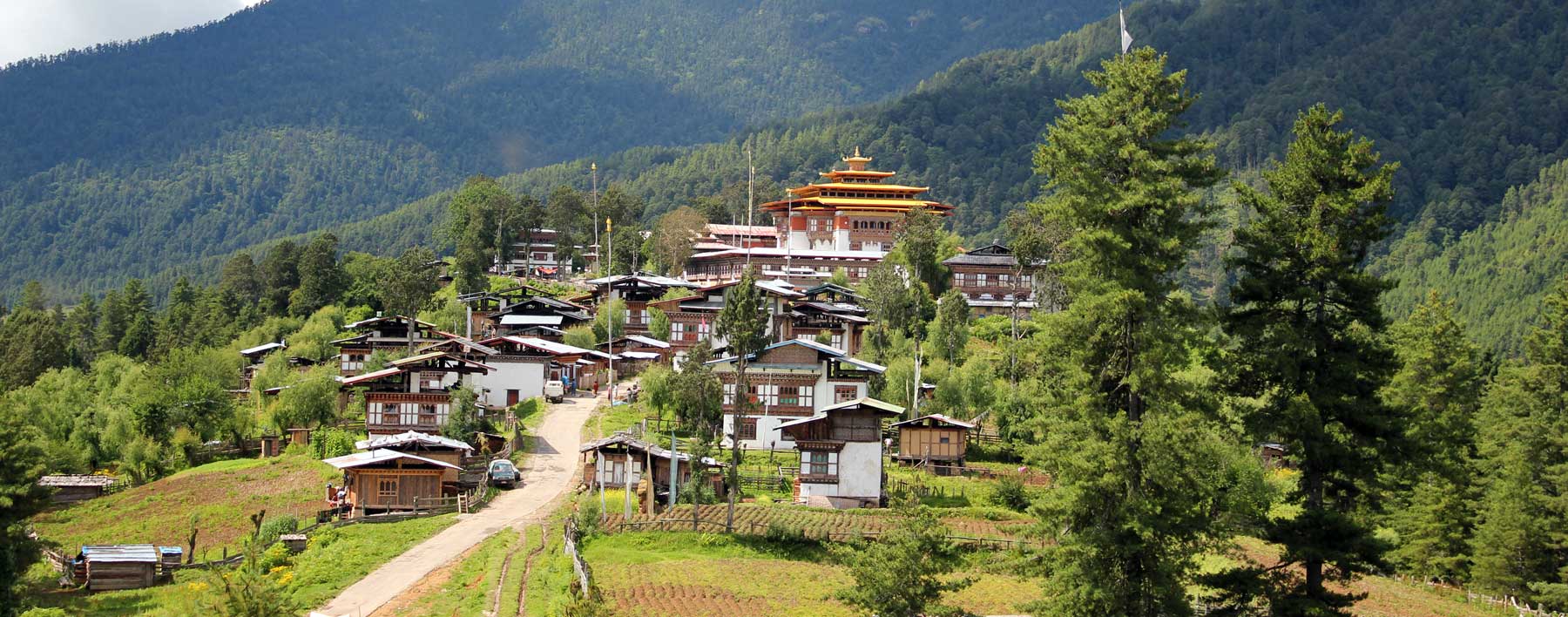 ( Gangtey Monastery Gangtey Gonpa is the most visited sightseeing place in bhutan and mostly tourists must visit here )
( Gangtey Monastery Gangtey Gonpa is the most visited sightseeing place in bhutan and mostly tourists must visit here )
Gangtey Monastery (Gangtey Gonpa) Sightseeing
Gangtey Monastery, also known as Gangtey Gonpa, is one of the most significant Buddhist monasteries in Bhutan, located in the heart of the Phobjikha Valley. Perched on a hilltop, it offers breathtaking views of the surrounding valley and the beautiful landscape of Phobjikha. This monastery is of great cultural and religious importance, as it is home to the Nyingma school of Tibetan Buddhism. The monastery was founded in the 16th century by the great Buddhist master, Pema Lingpa, and has since been a place of pilgrimage and spiritual learning.
The architecture of Gangtey Monastery is a unique blend of traditional Bhutanese style and Tibetan influences. The monastery is surrounded by traditional Bhutanese buildings and prayer flags, giving it a serene and peaceful atmosphere. Inside, the temple houses various religious statues, paintings, and murals that depict the life of Guru Rinpoche and other Buddhist deities. The monastery is an active center of learning, and many monks reside here, practicing meditation and studying Buddhist scriptures.
2. Phobjikha Valley
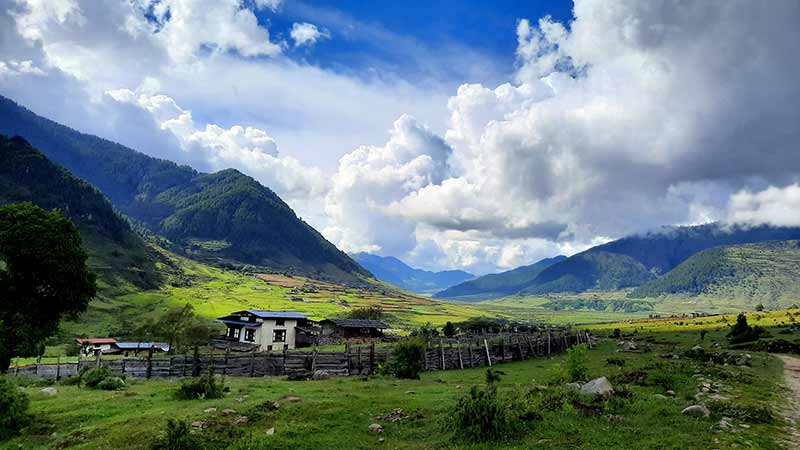 ( Phobjikha Valley is the most visited sightseeing place in bhutan and mostly tourists must visit here )
( Phobjikha Valley is the most visited sightseeing place in bhutan and mostly tourists must visit here )
Phobjikha Valley Sightseeing
Phobjikha Valley is one of the most stunning and serene valleys in Bhutan, offering visitors a chance to experience the beauty of the natural landscape and the tranquility of rural Bhutan. The valley is located at an elevation of around 3,000 meters and is known for its breathtaking views of the Black Mountains and lush green fields. Phobjikha Valley is also famous for its association with the black-necked cranes, which migrate here every winter from Tibet, making it one of the most significant wildlife conservation areas in Bhutan.
The valley itself is a beautiful blend of wetlands, forests, and traditional Bhutanese villages. The fertile land is used for farming, with fields of rice, millet, and barley, while the wetlands provide a home for a diverse range of plant and animal species. The most iconic feature of Phobjikha Valley is the peaceful atmosphere that surrounds the area, making it an ideal destination for nature lovers, bird watchers, and those seeking respite from the hustle and bustle of everyday life.
3. Black-necked Crane Information Centre
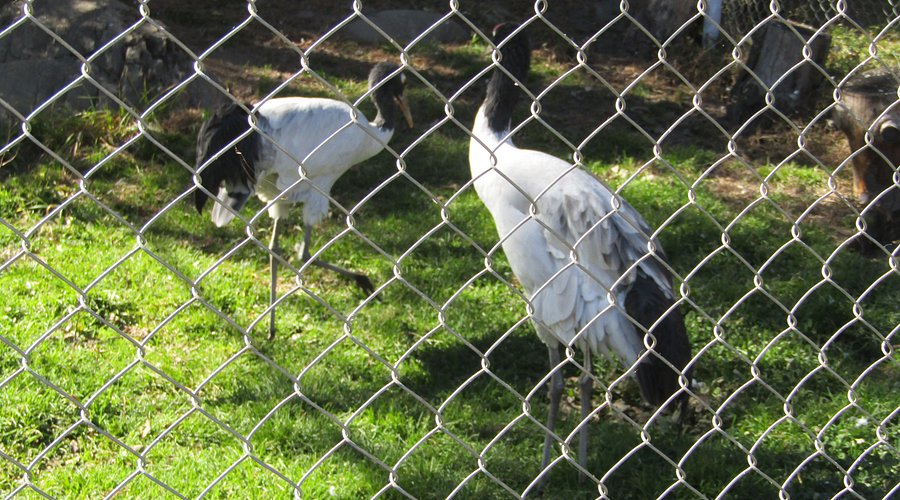 ( Black-necked Crane Information Centre is the most visited sightseeing place in bhutan and mostly tourists must visit here )
( Black-necked Crane Information Centre is the most visited sightseeing place in bhutan and mostly tourists must visit here )
Black-necked Crane Information Centre Sightseeing
The Black-necked Crane Information Centre is located near the Phobjikha Valley and serves as an educational hub for visitors interested in learning about the conservation of the endangered black-necked cranes. The center is dedicated to raising awareness about the importance of preserving these magnificent birds and their habitat in Bhutan. These cranes, which migrate to Phobjikha Valley every winter from Tibet, are a symbol of Bhutan’s commitment to protecting its natural heritage.
The information center provides a wealth of knowledge about the black-necked cranes, their migratory patterns, and the challenges they face due to habitat loss and environmental changes. Visitors to the center can explore exhibits, watch documentaries, and learn about the efforts being made by local communities and conservation organizations to protect the cranes and their environment. The center also organizes educational programs and outreach activities, such as bird-watching tours and talks, where visitors can learn more about the cranes and the importance of wetland ecosystems.
4. Phobjikha Nature Trail
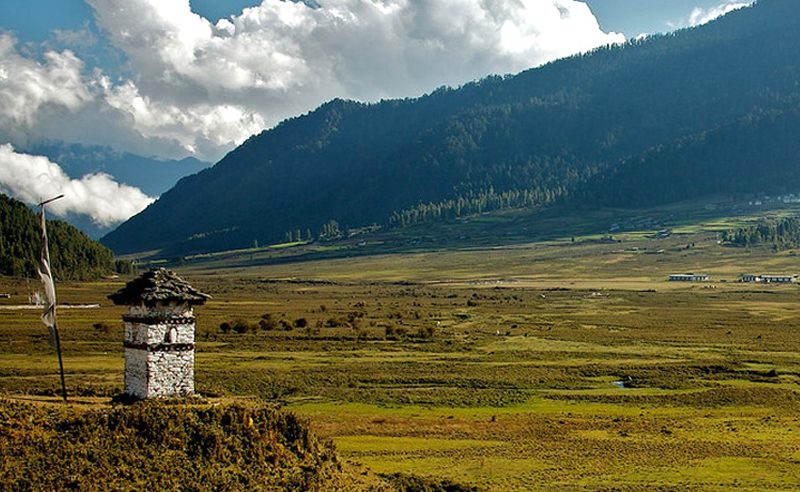 ( Phobjikha Nature Trail is the most visited sightseeing place in bhutan and mostly tourists must visit here )
( Phobjikha Nature Trail is the most visited sightseeing place in bhutan and mostly tourists must visit here )
Phobjikha Nature Trail
The Phobjikha Nature Trail is a scenic and peaceful hiking trail that allows visitors to experience the natural beauty of the Phobjikha Valley while learning about the local flora, fauna, and cultural heritage. The trail is one of the most popular outdoor activities in the region, attracting nature lovers, birdwatchers, and those looking to immerse themselves in Bhutan’s tranquil landscapes.
The trail offers a variety of terrains, ranging from lush forests and wetlands to open meadows, providing hikers with a chance to see the diverse plant and animal life that thrives in the valley. The walk is relatively easy, making it suitable for visitors of all ages and fitness levels. Along the trail, visitors will encounter a range of species, including colorful birds, such as the black-necked cranes, which are often spotted in the wetlands during the winter months. The trail also passes through traditional Bhutanese villages, where visitors can interact with locals and get a glimpse of life in the rural parts of Bhutan.
Categories

Request a call back
Our experts would love to create a package just for you!







